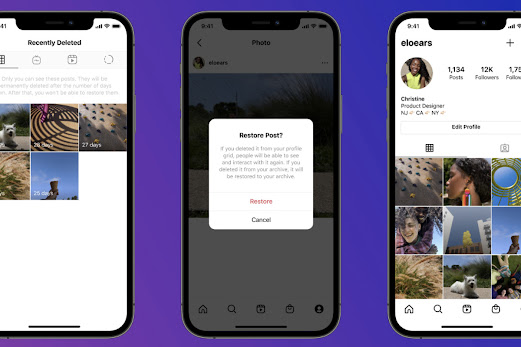What is a 404 Page Not Found Error And How Can You Fix It?
The 404 Page Not Found error message is one of the most prevalent computer errors. Its origins can be traced all the way back to the dawn of the Internet. It basically signifies that the page you’re looking for isn’t available. There’s no need to be concerned because you’ve already discovered some simple solutions to the problem.

What Is a 404 Error?
A 404 error number indicates that the requested page could not be located.
When a page loads in a browser, the HTTP header contains a response status code that is normally hidden from view. These replies are categorized into five groups:
- 100-199 are informational responses
- 400-499 denote client errors
- 500-599 denote server errors
- 200-299 are successful responses
- 300-399 denote redirects
A 404 error (also known as an HTTP 404 or 404 code) is a form of client error. It signifies that the page the viewer is looking for isn’t available on the server.
HTTP 404 Errors: Causes
An Error 404 is technically a client-side error, signifying that it was your fault, either because you input the URL wrong or because the page was relocated or removed from the website, and you should have known.
Another scenario is if a website relocated a page or resource without forwarding the old URL to the new one. You’ll get a 404 error instead of being instantly redirected to the new page if this happens.
What to Do If You Get a 404 Page Not Found Error?
- Reload the page by pressing F5, clicking/tapping the refresh/reload button, or typing the URL again into the address box.
The 404 Not Found error might display for a variety of reasons, even if there is no underlying problem, therefore a simple refresh will usually load the page you were looking for.
- Examine the URL for any problems. Often, this error occurs because the URL was typed incorrectly or because the link selected connects to the incorrect URL.
- In the URL, go up one directory level at a time until you find something.
If you get a 404 Not Found error when trying to access http://www.web.com/a/b/c.htm, try http://www.web.com/a/b/. If nothing (or an error) appears here, go to http://www.web.com/a/. This should point you in the right direction or at the very least establish that it’s no longer available.
- Use a prominent search engine to find the page. It’s possible that you’ve typed in the wrong URL; in that case, a fast Google or Bing search should get you to your desired location.
If you discover the page you were looking for, make a note of it in your bookmarks or favorites, so you don’t get the HTTP 404 error again.
- If you have any suspicions that the 404 message is yours, clear your browser’s cache. If you can access the URL on your phone but not on your tablet, deleting the cache in your tablet’s browser may help.
If clearing the cache didn’t work, you might try removing your browser’s cookies, or at least the ones associated with the page in question.
- Change your computer’s DNS servers, but only if a whole website is giving you a 404 error, especially if the page is accessible from other networks (e.g., your mobile phone network or a friend in another city).
Unless your ISP or government filters/censors websites, 404s on a full website are uncommon, if this happens for any reason, switching to a different set of DNS servers is a recommended first step. Alternatives and instructions can be found on our Free and Public DNS Servers List.
- Directly contact the website. If they’ve taken down the page you’re looking for, the 404 error is valid, and they should be able to notify you. They’ll be pleased to hear from you if they’ve moved the page and are generating errors instead of forwarding users to the new page.
Finally, if everything else fails, just wait. No, that’s not fun, but it may be your only option, especially if you’re certain the 404 error shouldn’t be occurring in the first place.
General FAQs
- How can I get rid of 404 error messages on my website?
If you notice any broken links on your website, redirect or fix them. Consider repairing or redirecting a 404 error caused by a removed page to new and related information.
- How do I resolve a 404 error in WordPress?
404 errors are common in WordPress because of redirect problems or permalink issues. Individual pages or posts with broken links should be fixed. If it’s a site-wide issue, go to the WordPress dashboard and adjust the permalink settings.
Edward Lewis is a self-professed security expert; he has been making the people aware of the security threats. His passion is to write about Cyber security, cryptography, malware, social engineering, internet and new media. He writes for McAfee security products at mcafee.com/activate.
Source : https://help8mcafee.uk.net/what-is-a-404-page-not-found-error-and-how-can-you-fix-it/


Comments
Post a Comment